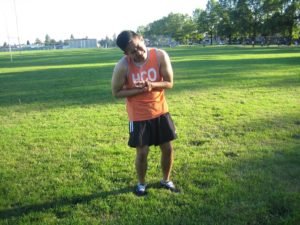Power saw injuries tend to vary widely and the severity depends on the location, depth and the quality of the saw. Power saws are considered as convenient tools used to cut and shape all types of materials but capable of causing serious hand injuries. The hands are at risk since they are used to guide pieces into the saw.
Any body part that encounters the blade can be injured. Nerve injuries can result to loss of sensation or loss of ability to control certain muscles. The circulation might be lost if the arteries are also damaged.
Power saws are also capable of breaking bones. There are cases in which part of the bone is lost which leads to amputation. Burns and electrical shock can also occur when using a power saw.
What are the possible causes of power saw injuries?

Most cases of power saw injuries are brought about by failure to follow the safety precautions. Always follow the safety directions in the packaging or manual.
The following considerations should be observed to prevent power saw injuries:
- Do not look away while working with a power saw.
- Avoid using your hands when clearing any scraps from the sawing worktable.
- Do not use any loose jewelry or clothing.
- Make sure the fingers are off the trigger when carrying a portable saw.
- Avoid using the saw for tasks it was not designed for.
- Only use the right blades and those that are sharp.
- You can utilize a rip fence if possible.
- When about to use the saw, allow it to arrive at full speed before using and ensure firm support so that it will not move.
- In case the device stalls, turn it off and unplug from the electrical socket before restarting it again.
- When working with metal, it should be secured with clamps or a vise to prevent it from moving.
- When turning on or turning it off, make sure that the work is not in contact with the blade.
Treatment
For power saw injuries, there are some treatment options available such as the following:
- Bandages or stitches for cuts
- Skin grafts for bigger skin injuries
- Cast for fractures
- Amputation or replantation of the finger, hand or arm
Remember that not all these treatment options are possible. A doctor should be consulted so that the suitable treatment can be provided. In addition, stiffness, weakness or numbness are common after sustaining power saw injuries.
More Information / Disclaimer
The information posted on this page on power saw injuries is for learning purposes only. Learn to recognize and manage power saw injuries with proper wound care measures by taking a standard first aid course with one of our training providers.
